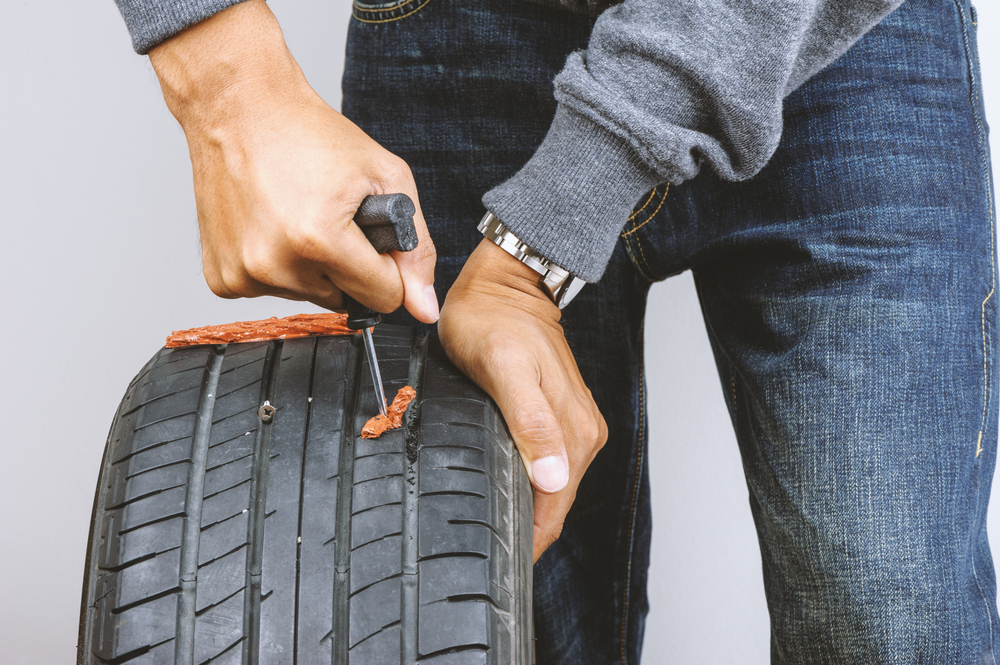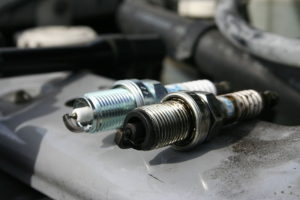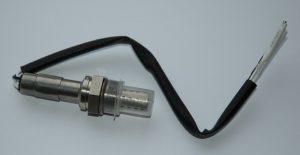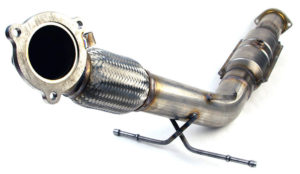In the world of automotive care, there are two fundamental categories that every car owner should understand: regular check-ups and fix-ups. At Mike’s Brake & Alignment Shop, we believe that this division not only refers to the complexity of the tasks but also plays diverse roles in your vehicle’s overall maintenance. In this month’s blog, we will walk you through the key differences between maintenance and repairs and illuminate why both are crucial in preserving your vehicle.

Routine Repairs
Routine repairs also referred to as preventive or regular maintenance, are the cornerstone of proactive vehicle care. The main purpose is to maximize the life and performance of your vehicle. However, this category includes some tasks that should be done depending on the time and season, such as oil changes and switching from all-season to winter tires.
By investing in routine maintenance, you can minimize the need for major repairs, thereby safeguarding your investment and ensuring the longevity of your vehicle.
Major Repairs
On the other hand, major repairs are typically unplanned and often result from accidents, prolonged neglect, or parts reaching the end of their lifespan. They are complex tasks such as transmission repairs, installing new brake pads, body work following an accident, or fixing serious electrical issues. These repairs are considerably more time-consuming, expensive and may require specialized knowledge and tools to perform correctly.
Related: Learn more about the importance of hiring a good mechanic for your car here.
The Symbiotic Relationship
Routine and major repairs are interlinked as they represent different aspects of vehicle care. Routine maintenance acts as the first line of defense against major repairs, while neglecting these minor repairs can accelerate the need for the latter.
Simply put, both maintenance and major repairs are not just about keeping your car on the road; they’re about optimizing performance, longevity, and your overall driving experience.

Keep Your Vehicle in Top-Notch Condition Today!
At Mike’s Brake & Alignment Shop, we have the necessary expertise to diagnose and fix any problems that may arise, from engine repairs to electrical issues. Call us at (817) 834-2725 or visit our website at mikesautospa.com to schedule your maintenance or repair service. We’re ready to help you make an informed decision and promise to deliver quality workmanship.










